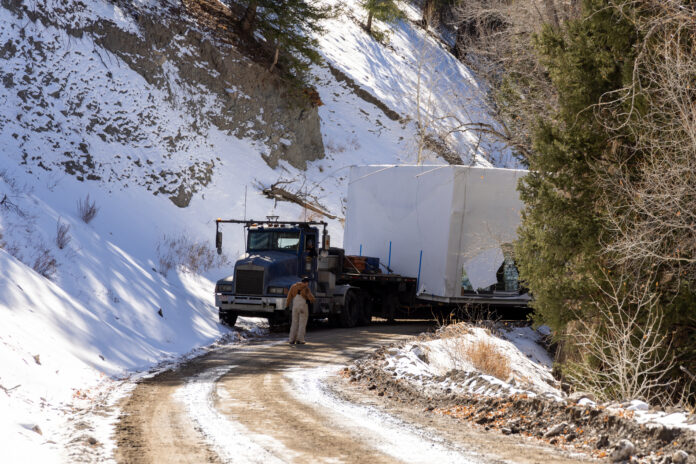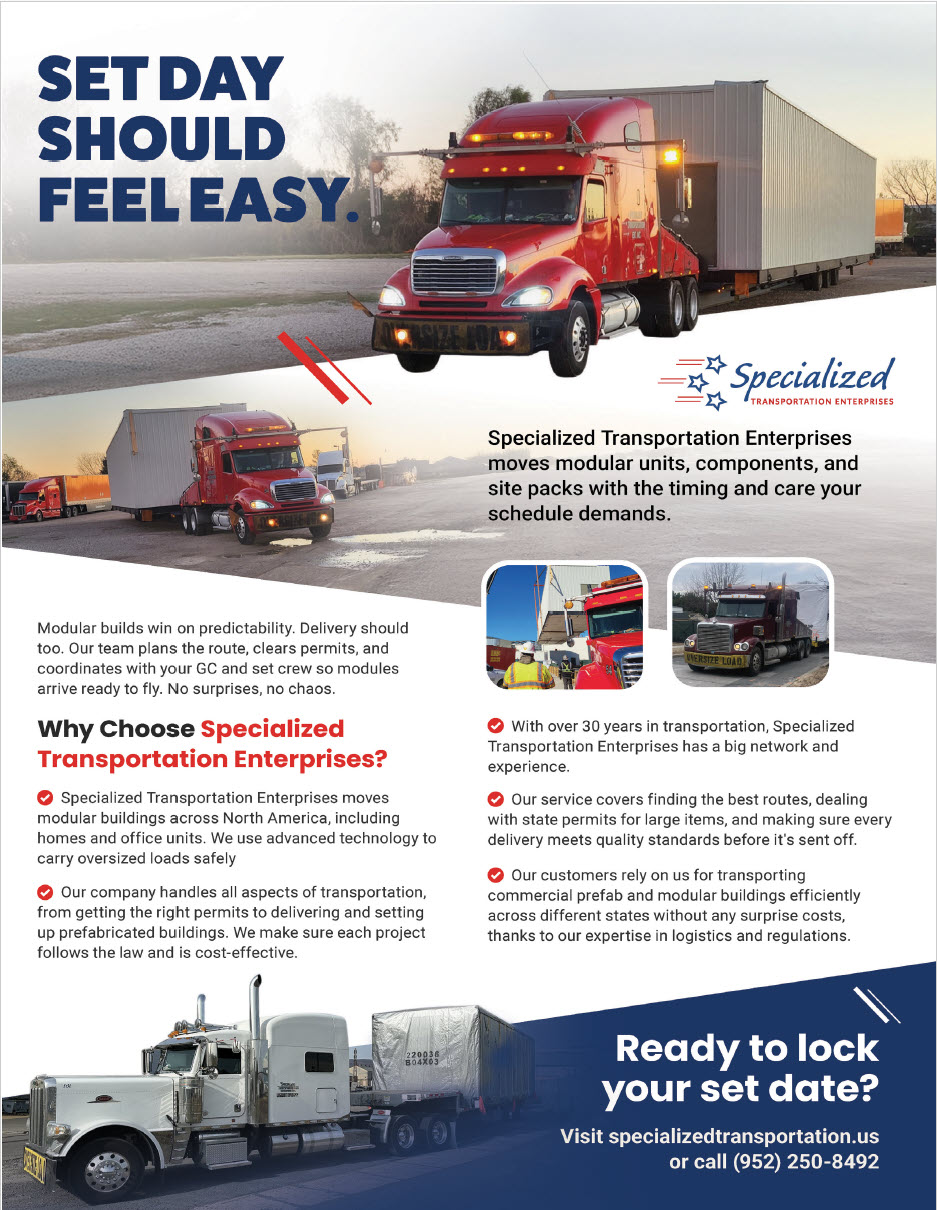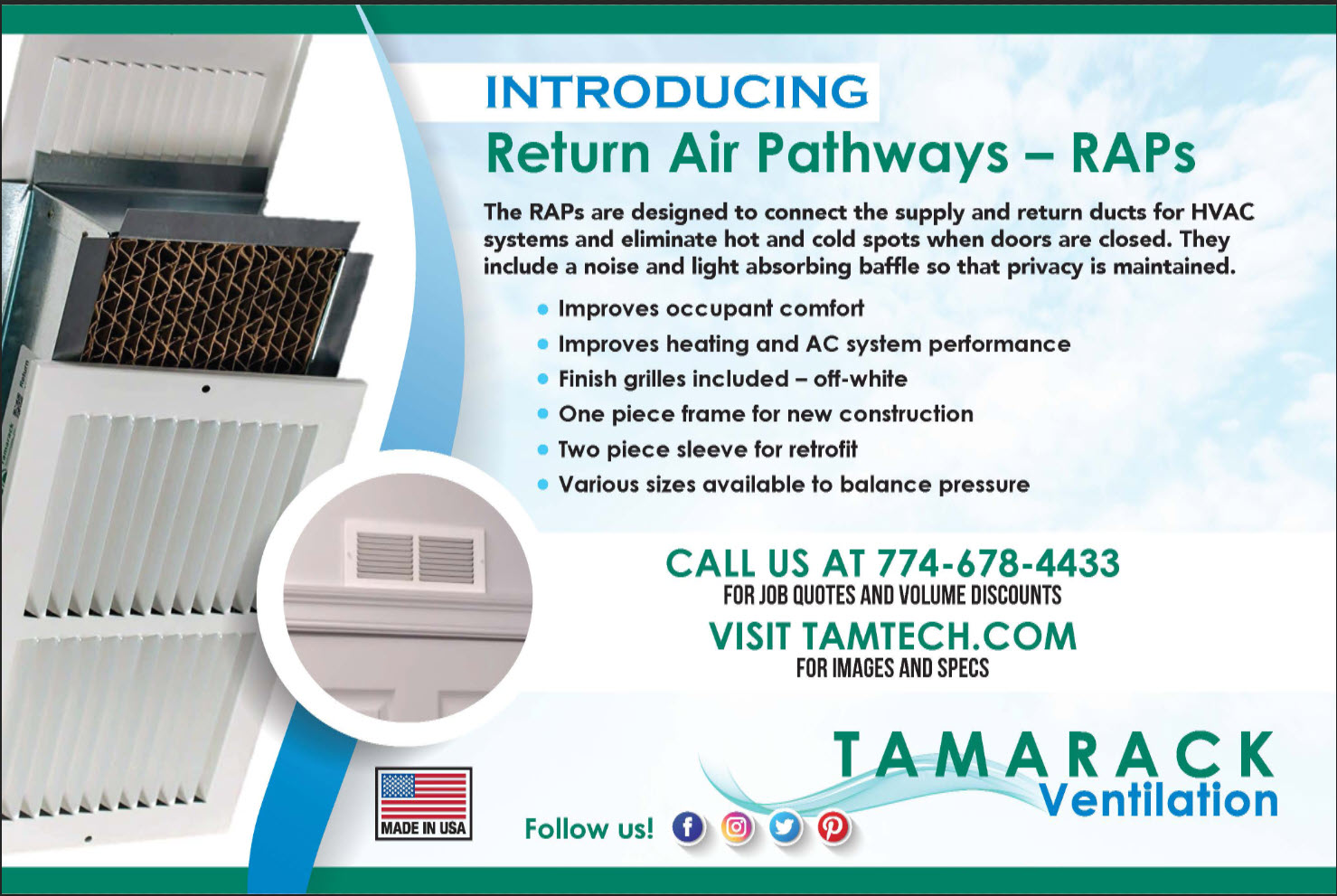From barge to mountaintop, the art and science of transport logistics is grounded in planning for the unexpected.
- Island and mountain sites demand far more than standard logistics — weather, terrain and timing dominate.
- Permits, environmental regulations and community buy-in can delay or derail even well-planned builds.
- Transporting modules requires route customization, special trailers and creative workarounds for barge or terrain access.
Modular construction promises speed, precision and reduced waste. But what happens when the delivery site is a remote island accessible only by barge, or a mountaintop surrounded by protected wilderness? As two industry experts reveal, the true challenge isn’t just building off-site — it’s mastering the logistics, regulations, environmental stewardship and community dynamics that stand between the factory and the foundation.
Mike Davies, Owner of CIP Modular in Nanaimo, British Columbia, and Sara Gutterman, CEO of Green Builder Media in Denver, Colorado, share several hard-earned lessons from their experiences delivering modular projects in some of North America’s most challenging locations.
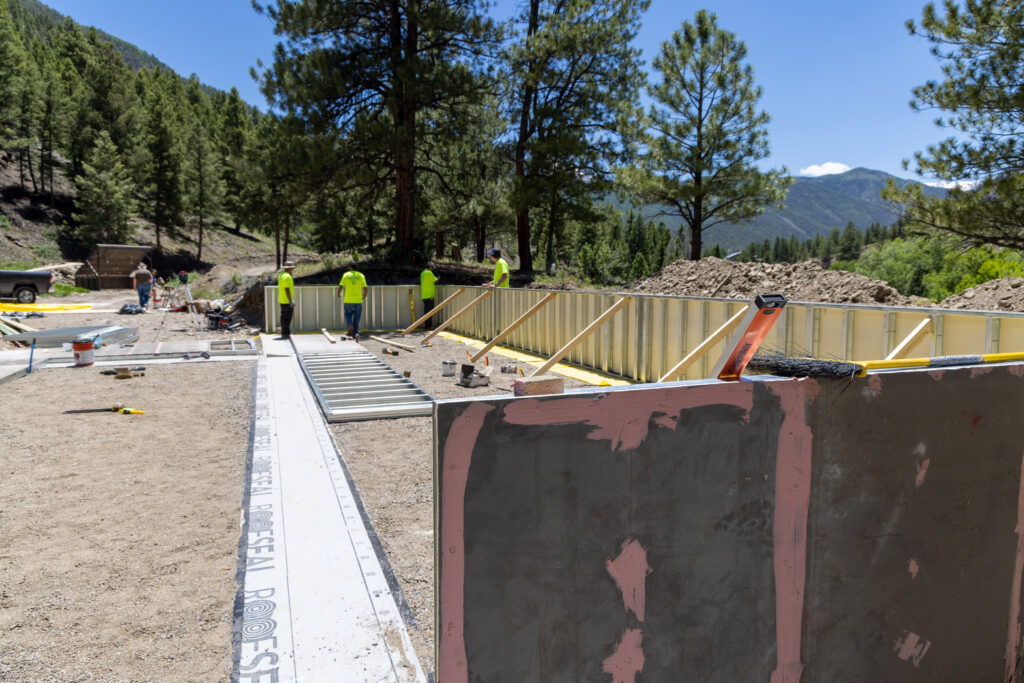
Island Builds Will Test Patience and Planning
Mike Davies has spent over 30 years delivering modular buildings to the remote islands of British Columbia (BC). His projects — all of which were moved via BC Ferries or specialized barges — range from residential and recreational structures to post offices, daycares, portable school classrooms and, in one instance, a bank.
But make no mistake: island deliveries are no routine trucking job.
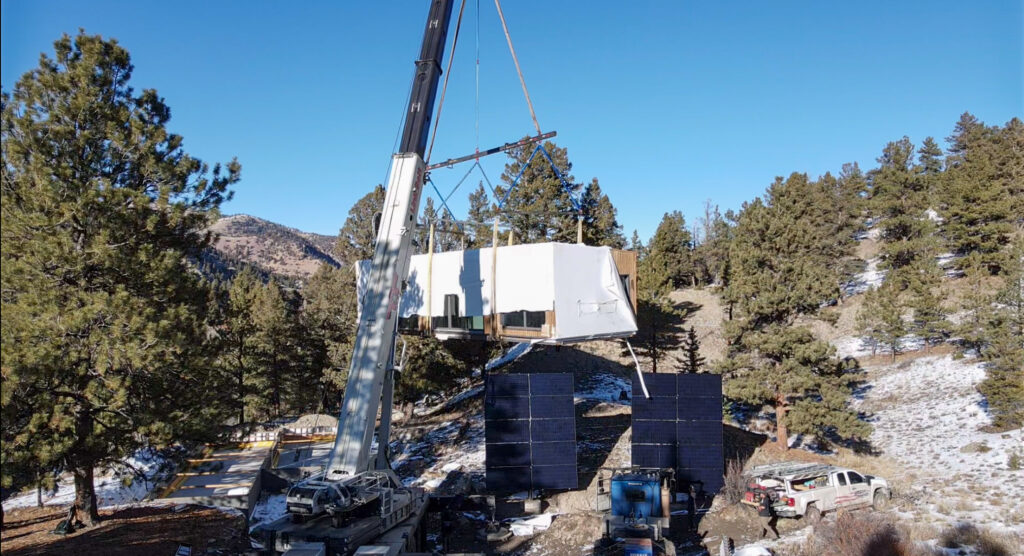
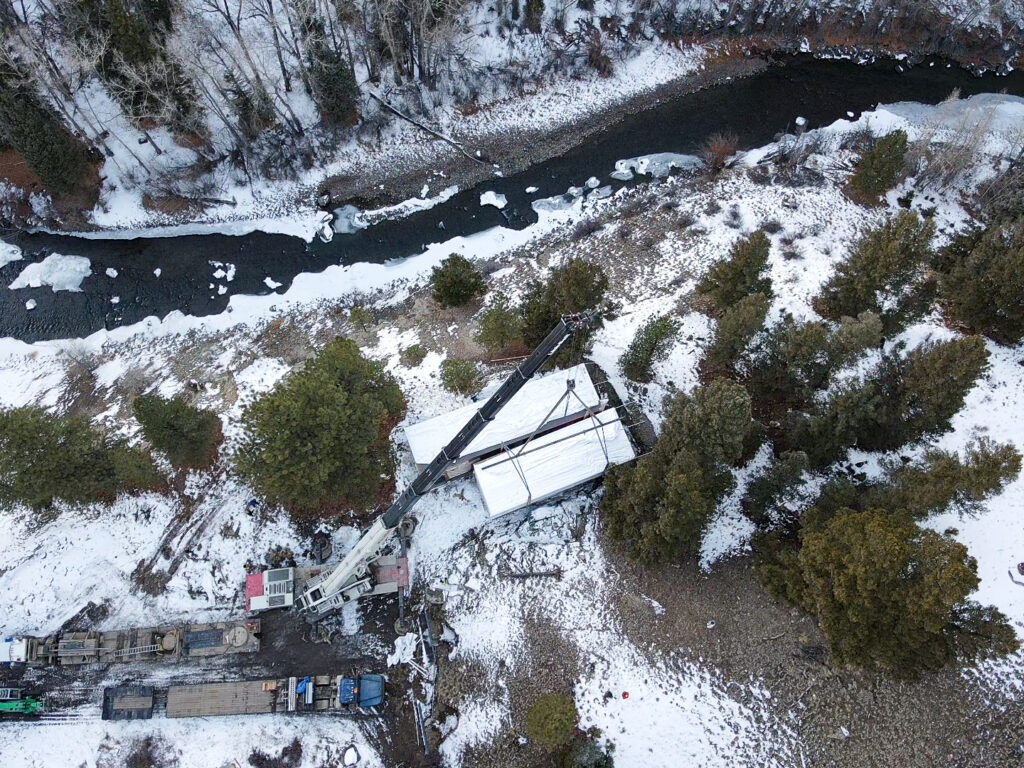
“People just see a barge show up and buildings coming off,” Davies says, “but a whole lot has to happen before that.” From mapping tides and securing environmental permits to coordinating local community buy-in, each island delivery is a logistical ballet. A case in point: Eelgrass is a protected species of underwater flora that cannot be disturbed by watercraft. Davies recounts the time he had to hire a diver to witness offloading procedures to confirm that the barge did not brush up against the eelgrass beds.
Davies and his team use in-house semi-trucks equipped with custom trombone trailers and hydraulic lifts to negotiate steep barge ramps. Longer ramps (up to 60 ft.) reduce the offloading angle and the risk of scraping the trailer against the ramp. Modular widths are often capped at 14 ft. 5 in. to avoid special permits.
Weather is a decisive factor. “We try not to schedule deliveries to Prince Rupert (on Kaien Island in northern BC) after October,” Davies notes, “unless we want to be sitting at Port Hardy (on Vancouver Island) for days waiting on the weather.” Sea travel insurance, docking fees and expensive barge charges — sometimes into the tens of thousands of dollars — can quickly push budgets to the brink.
Yet, the biggest challenge is often a social matter. Davies emphasizes the importance of developing amenable community relationships. “There’s always one local who knows everything,” he says. Finding that person early and working with them to inform local residents about the ongoing activities of a local building project — using posters, community meetings and social media —can prevent delays, complaints, or even project shutdowns.
Many remote island residents are committed environmentalists who take a dim view of transport and construction methods that may harm local flora and fauna. Remaining sensitive to such concerns while getting the job done efficiently requires a delicate balancing act.
In addition, the marine environment can wreak havoc on improperly designed modular buildings. CIP Modular has had to adapt its material choices, including the use of hot-dipped galvanized and stainless-steel fasteners and hardware to resist salt air corrosion, and select durable siding to counter the effects of harsh marine conditions.
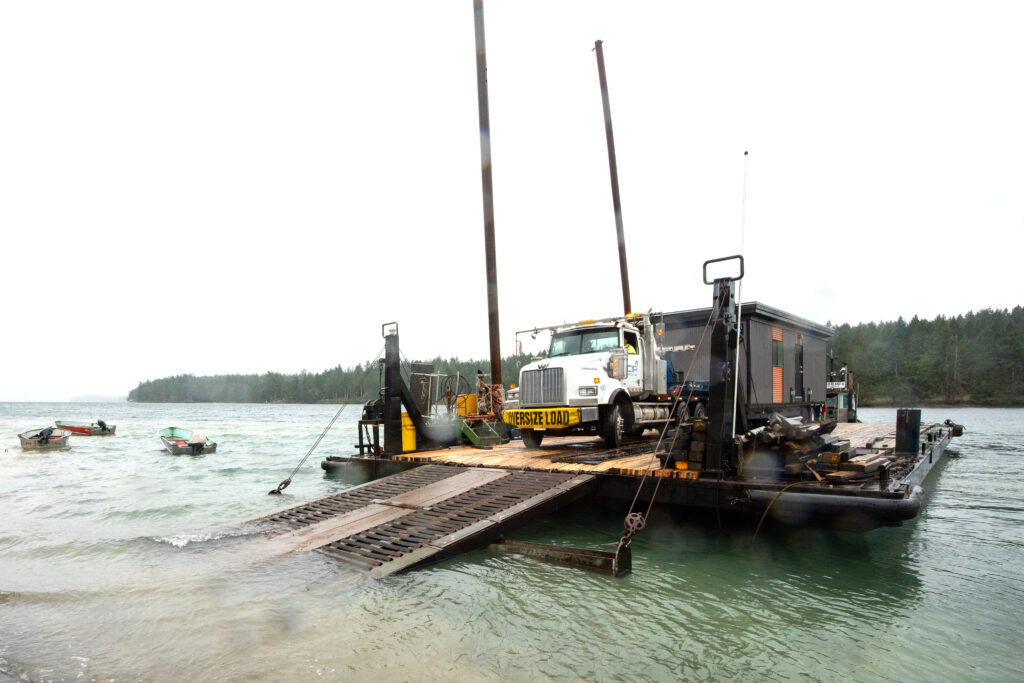
Photo courtesy of CIP Modular
Let the Mountain Win
When it comes to high-altitude modular deliveries, Sara Gutterman knows firsthand that nature has the upper hand. She recently managed the delivery of a home project near Telluride in southwestern Colorado. She says that the site, at an elevation of 9,000 feet about sea level and surrounded by national forest, is in the most remote county in the lower 48.
“Go in with your eyes wide open, and let the mountain win,” Gutterman advises. “Trying to force a site to fit your design or timeline will backfire.” For her team, that meant securing transportation permits across four states, adjusting routes after California storms washed out bridges, devising an alternative route to avoid an underpass that was lower than their load height and arranging special equipment to navigate steep, narrow dirt roads.
Snow arrived early, complicating craning operations and requiring additional heavy machinery to help move the modules up an inclined and winding, tree-laden driveway.
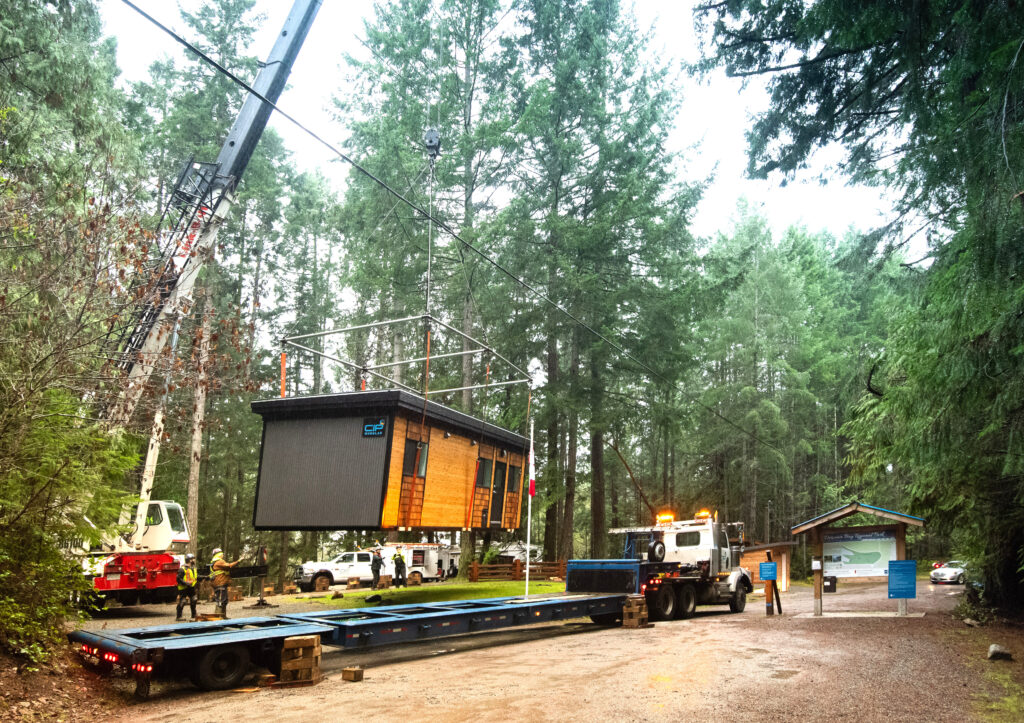
Photo courtesy of CIP Modular
Environmental sensitivity was central to Green Builder’s approach. They studied wildlife patterns, tree health and seasonal water flows. Wildfire risk influenced the selection of high-fire-rated products and the installation of a fire protection system. During the process of moving modules to the foundation, there were lengthy discussions about how to avoid cutting trees that could hinder access, except when absolutely necessary.
Gutterman also emphasizes the importance of selecting a transportation company that understands modular loads and can effectively navigate detours and re-routing due to natural events. Damage prevention during transport, including the use of protective wraps and careful handling, is critical when modules traverse winding, rough mountain roads.
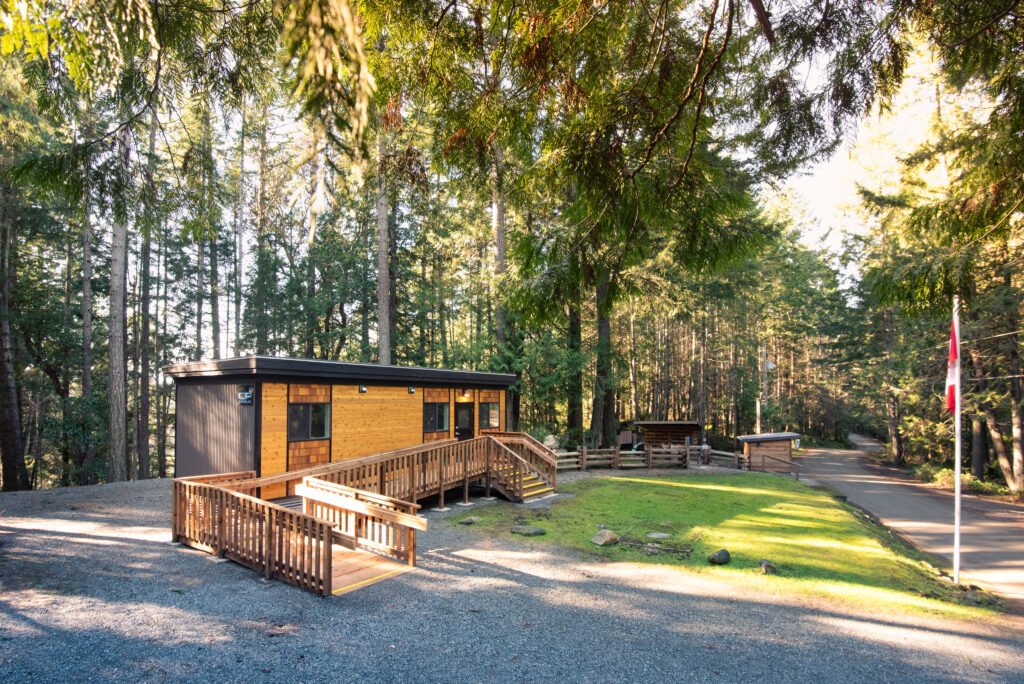
Common Ground: Shared Challenges and Strategies
Although their environments differ, Davies and Gutterman agree on several universal truths that shape the outcomes of remote marine and high-country builds:
Early and detailed planning: Reviewing the logistics begins months in advance to address permit requirements, transport dimensions, environmental impact and community engagement.
Choose the right partners: Whether it’s a barge operator familiar with tides, a competent transportation company that secures the necessary permits and plans out the best route to avoid surprises, or a set-and-stitch crew accustomed to managing steep terrain, experienced partners help reduce risk.
Respect the local context: Success depends on fostering local relationships, developing cultural understanding and demonstrating environmental sensitivity. “You’re not just delivering a box,” Davies says. “You’re entering a community.”
Remain flexible: Weather, regulatory delays and unexpected terrain issues require adaptability. Gutterman advises budgeting extra time and funds to pivot when, not if, plans change.
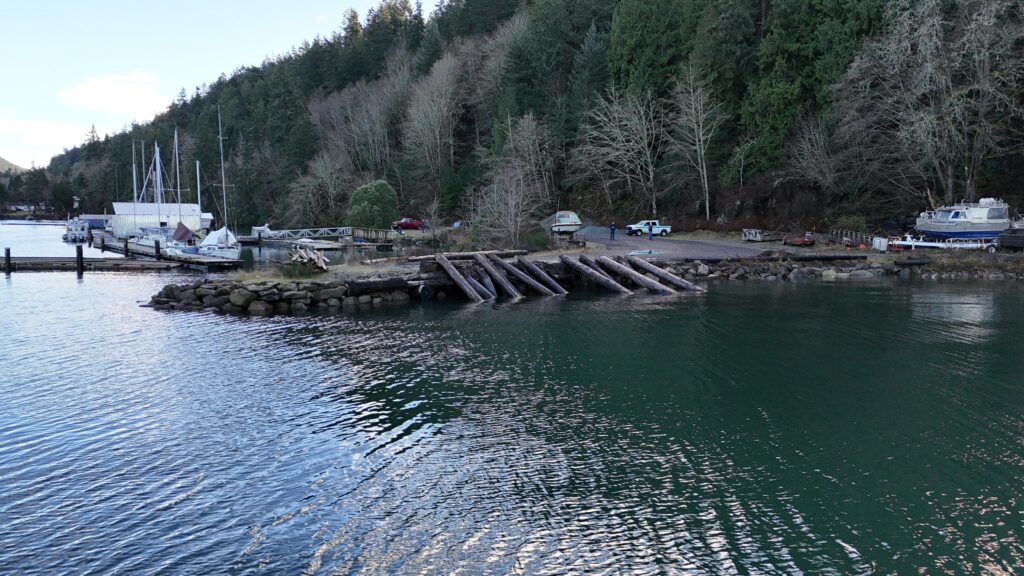
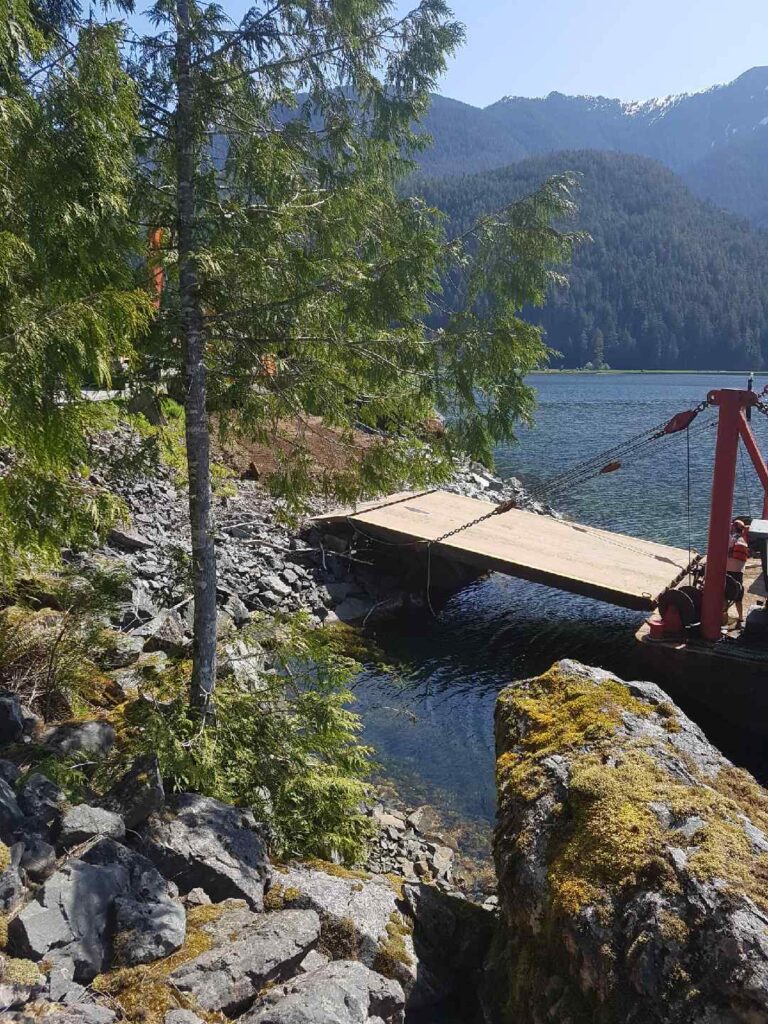
Innovations and Adaptations
These environments also call for specialized tools and strategies.
Davies uses airbags and mechanical jacks (depending on the unique requirements of each job) to lift and separate modules from each other to create the space required to attach crane-lifting straps.
He also uses a custom-built hydraulic trombone trailer. It includes an airbag system that can move the suspension up and down by as much as six inches, as well as a hydraulic system at the front of the trailer that will lift modules up to 32 inches. This helps with setting modules and helps the trailer negotiate moving on and off steeply inclined barge ramps.
Gutterman’s innovations focus on building performance: cold-climate-ready air-source heat pumps, European radiant ceiling panels and fully integrated home automation systems designed to optimize energy use and wildfire readiness.
Both stress that modular construction is not just about speed; it’s about sustainability and resilience. With rising demand for homes in remote, beautiful places, their projects offer blueprints for building smarter and respecting the land.
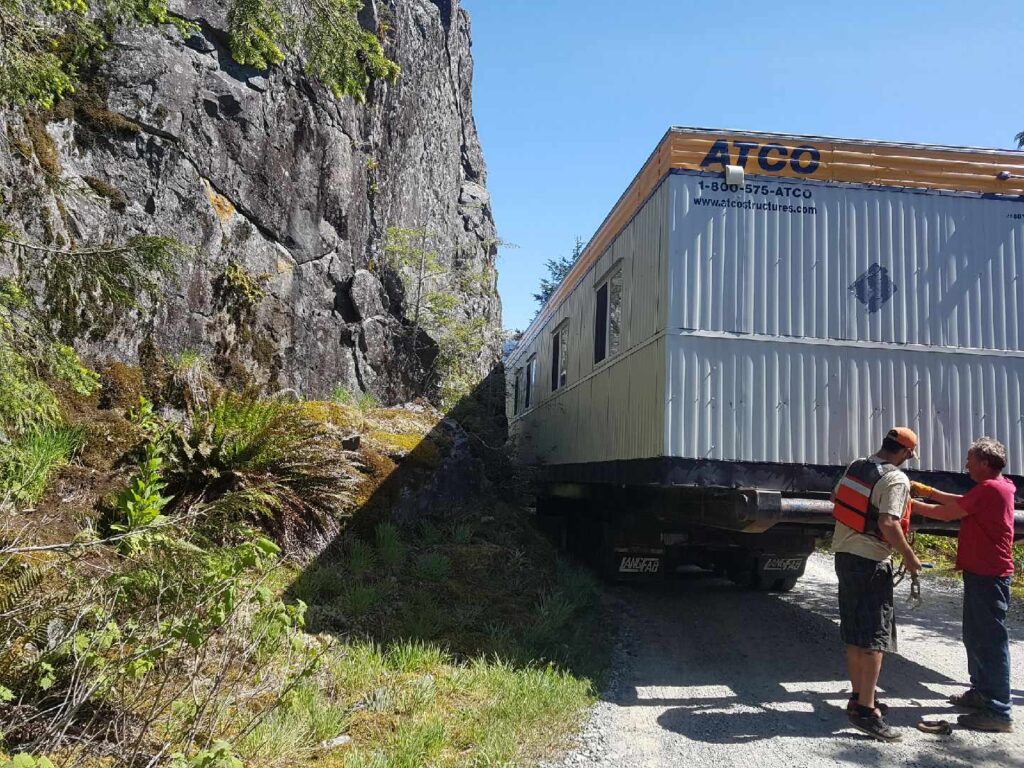
Final Word: Delivering More Than Buildings
What ultimately unites these practitioners is a mindset. Modular delivery to remote sites isn’t just about transporting structures; it’s about orchestrating relationships between the land, the weather, the community and the construction team.
“We try to support and collaborate with mountain communities as much as possible,” Gutterman says, “whether that is for the labor or just opportunities.”
Davies adds: “To do the job right, you have to talk with your clients and walk them through the actual process on the site so that they get an understanding of what goes into their build. It’s our decades of experience doing this type of challenging work that keeps them feeling secure that the job will be done right.”
The message is clear: modular construction offers a compelling path to expand into breathtaking, remote landscapes. But success depends on far more than factory precision. It demands a deep respect for the site, a willingness to develop the required logistical skills and best practices, competent people to deliver the goods to their destination and the wisdom to let the mountain, or the island, win.


